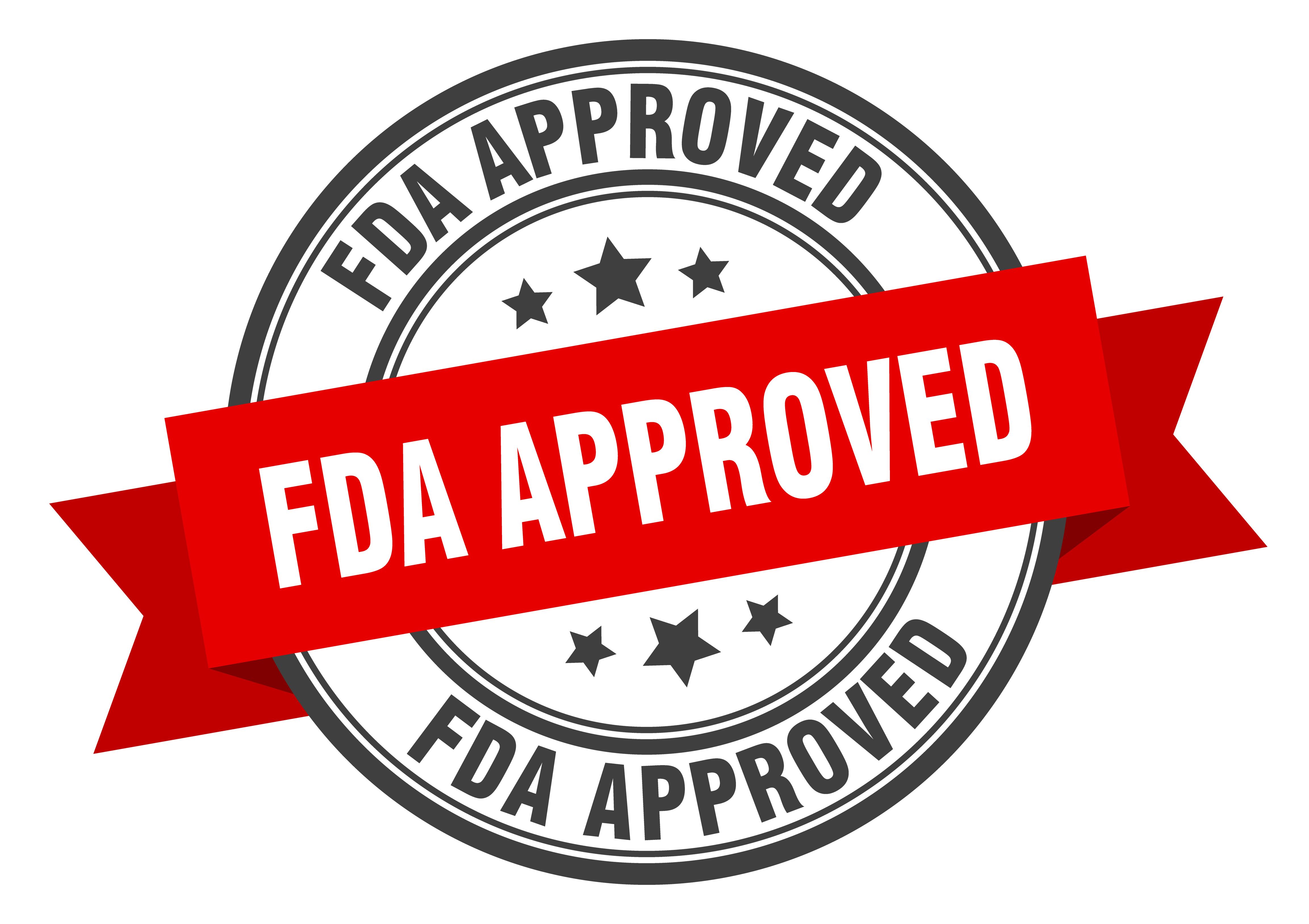Article
FDA Approves Braeburn’s Brixadi Injection to Treat Moderate-to-Severe Opioid Use Disorder
Author(s):
The drug is available in 2 formulations, including a weekly injection with a lower dose than previously available as well as a monthly injection.
The FDA has approved buprenorphine (Brixadi; Braeburn Inc) extended-release subcutaneous injection to treat moderate-to-severe opioid use disorder (OUD).
The drug is available in 2 formulations, including a weekly injection for patients who have started treatment with a single dose of a transmucosal buprenorphine product or who are already taking buprenorphine, and a monthly version for those who are already taking buprenorphine.
FDA Approval | Image credit: Aquir - stock.adobe.com

“Buprenorphine is an important treatment option for [OUD]. Today’s approval expands dosing options and provides people with [OUD] a greater opportunity to sustain long-term recovery,” FDA Commissioner Robert M. Califf, MD, said in a press release. “The FDA will continue to take the critical steps necessary to pursue efforts that advance evidence-based treatments for substance use disorders, which is a strategic priority under the FDA’s Overdose Prevention Framework.”
Buprenorphine injection was approved for both a weekly and monthly dosage at varying doses, including a lower one for those who cannot tolerate higher doses of extended-release buprenorphine that are currently available. The weekly strengths include 8 mg, 16 mg, 24 mg, and 32 mg. The monthly strengths include 64 mg, 96 mg, and 128 mg.
The weekly formulation features various lower strengths which will be a new option for those in recovery who could benefit from a weekly injection to help maintain their medication adherence.
The decision comes after an evaluation in a behavioral pharmacology study, assessing the 2 weekly doses of the drug and its ability to block the subjective effects of opioids and a randomized, double-blind, active-controlled clinical trial in 428 individuals with a diagnosis of moderate-to-served OUD.
After the initial test of the transmucosal buprenorphine, study participants were randomized to either the buprenorphine injection plus a sublingual placebo, or active sublingual buprenorphine with a placebo injection.
After the first week of titration, the individuals were then treated with a weekly injection over a 12-week period, and eventually were transitioned to monthly injections for an additional 12 weeks.
Investigators measured the response to the treatment by using a urine drug screening and self-reported use of illicit opioids during the treatment period. The individuals were considered to respond to the drug if they had a negative opioid assessment at the end of each of the 2 treatment phases.
In the buprenorphine injection group, approximately 16.9% of individuals were responders compared to 14% of those who were in the sublingual buprenorphine group.
The most common adverse effects included injection-site pain, headache, constipation, nausea, injection-site erythema, injection-site pruritus, insomnia, and urinary tract infection.
The buprenorphine injection will be available through the FDA’s Risk Evaluation and Mitigation Strategy program and will be administered by health care physicians in the health care setting.
Earlier this month, the FDA issued a joint letter with Substance Abuse and Mental Health Services Administration, which clarified the importance of counseling as well as other services should be included in a treatment plan for OUD. They also stated that supplying buprenorphine should not be reliant on individuals participating in these services.
Reference
FDA approves new buprenorphine treatment option for opioid use disorder. News release. US Food and Drug Administration. May 23, 2023. Accessed May 24, 2023. https://www.fda.gov/news-events/press-announcements/fda-approves-new-buprenorphine-treatment-option-opioid-use-disorder?utm_medium=email&utm_source=govdelivery

FDA Approves Dupilumab, Marking First Targeted Therapy in a Decade for Chronic Spontaneous Urticaria





